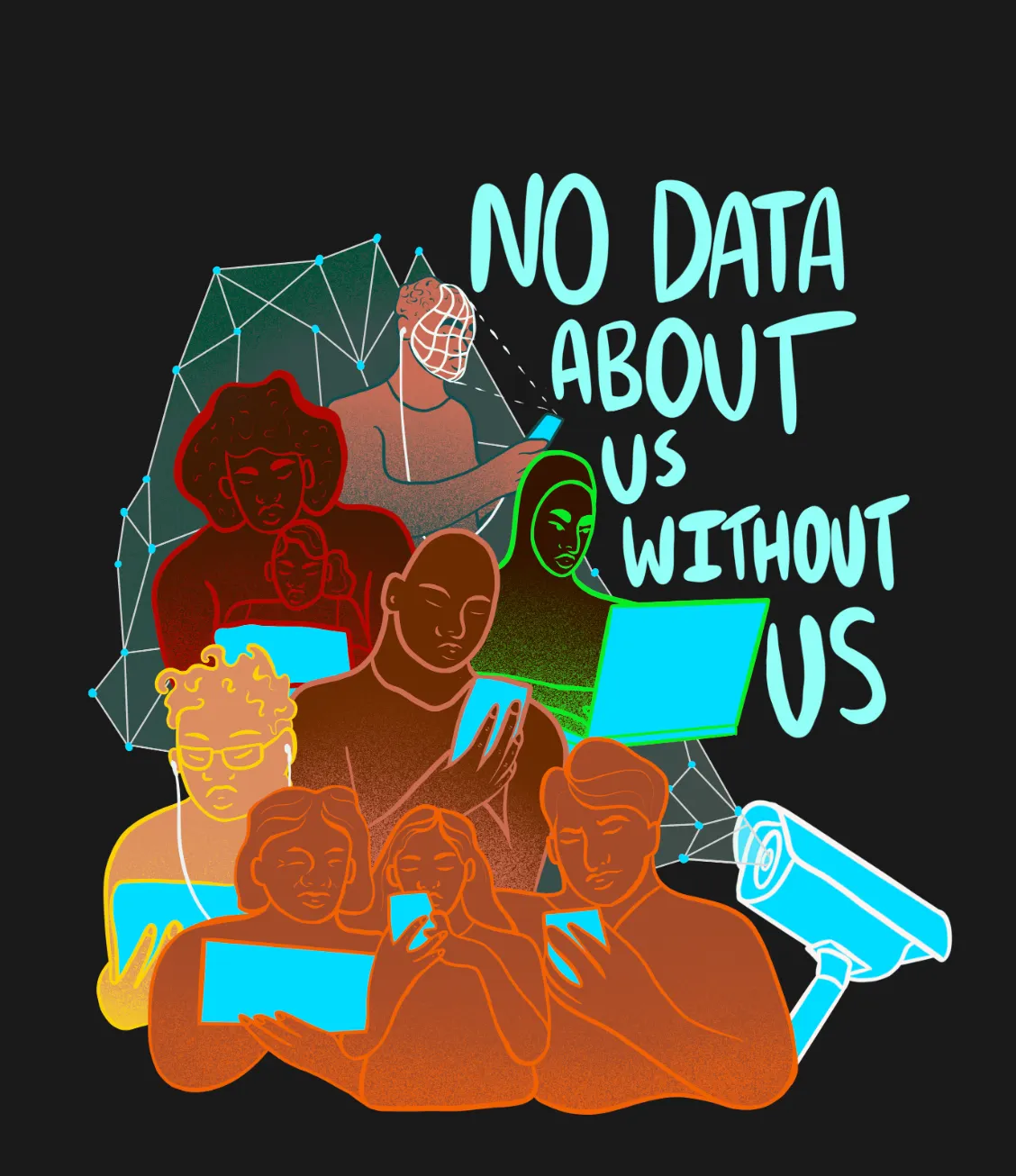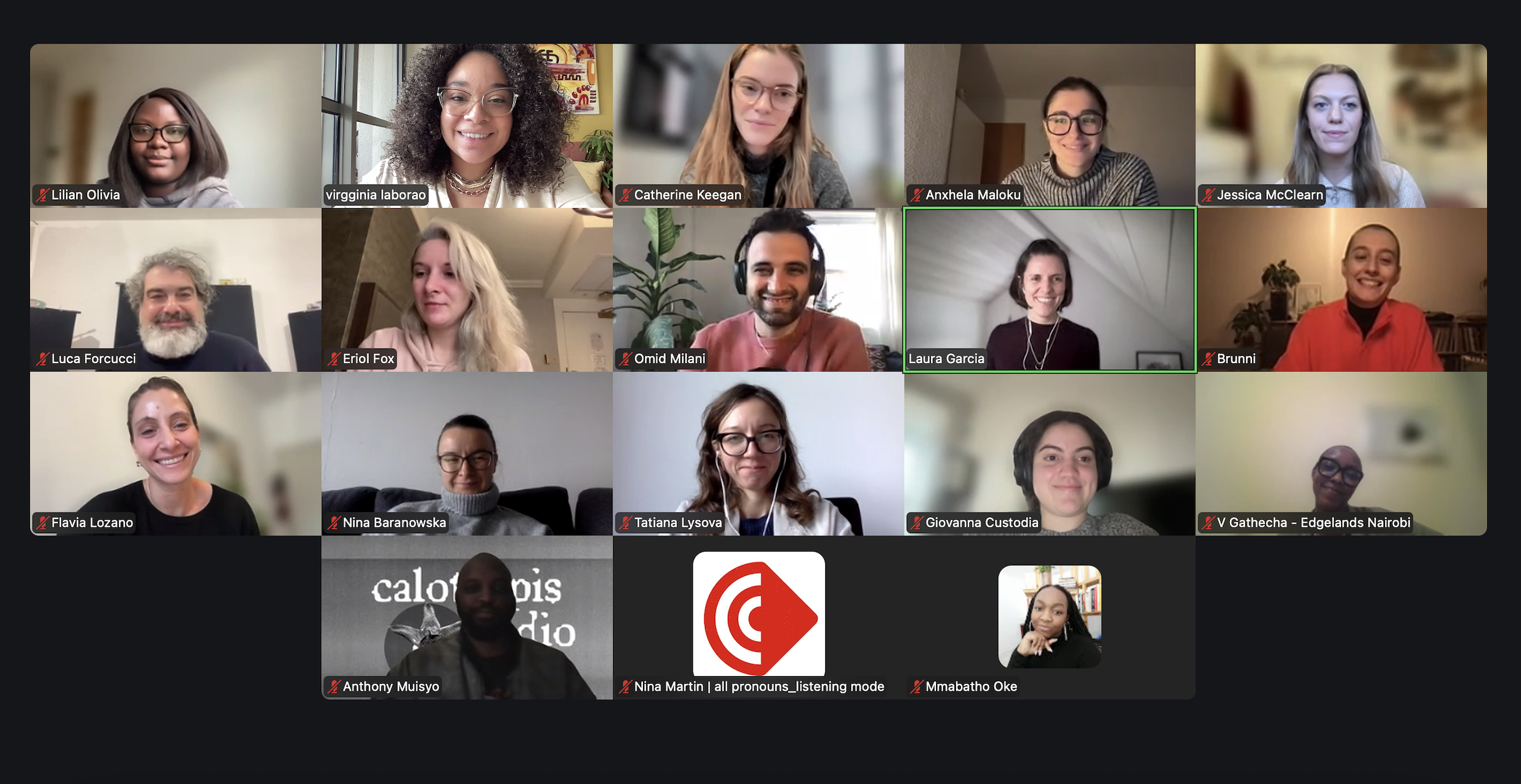In Conversation: Christina Geros
The Edgelands Institute sat down with the architect and urban designer Christina Leigh Geros to talk about how deep soils and arid soils create an attending set of political, social, and ecological relations.
.jpg)
Photo by Alehandrew Michael
The Edgelands Institute sat down for a conversation with Christina Leigh Geros, an architect, landscape architect, and urban designer currently teaching in the Environmental Architecture program at the Royal College of Art in London. Her research focuses on how the relationship between deep soils and arid soils creates an attending set of political, social, and ecological relations. Prior to her position at the Royal College of Art, Geros worked on urban flooding issues in Jakarta, Indonesia, and she has continued to engage in projects around climate- and neuro-ecologies as they relate to the monsoon.
Infrastructure: from the physical to the virtual
In the last decade, Geros has witnessed an extraordinary change in how architecture is learned and taught. “When I was first practicing, when we talked about cities, we were talking about form: formal, concrete, infrastructures,” says Geros. Today, however, the conversation has become centered around digital infrastructure--with an emphasis on how our social relations are held together and structured by the internet of things and virtual space. “10 years ago, it was about different energy systems, different transportation systems, supporting different densities of buildings,” and while that still exists, “there’s much more of a focus on security issues and health issues, which has certainly become a strong theme in the last year.” While she has never been much of a smart city proponent herself, Geros acknowledges that the smart city movement has had a profound impact on urbanism, where the issues of digital security and digital relations have been pushed to the forefront of the conversation. “What I’ve seen is that in the last 5 years there has been more and more recognition of the importance of [the digital] and how that structures the world,” she says. This coincided with a decade of global security crises: Geros points to 2001 as an example, there persisted a lasting Western imagination in which problems of physical and digital security were understood to only exist in some parts of the world. “The last few years,” however, “have shown us that is not true--we are all bound up in a system, inextricable from it, whether we like it or not.” Urban studies and urban design programs have been compelled to deal directly with social movements, and think critically about the relationship between social engagement and urban space.
Digital systems and security in Jakarta
As Geros has worked extensively with local communities in Indonesia, we asked her to share a bit more about her experience and her thoughts on digitalization there. “Jakarta is a special place for several reasons,” she pointed out. Digitally, people in Jakarta are very engaged with mobile systems as individuals, and this cuts across all socioeconomic groups: “most people would be shocked by just how accessible cellphones, the internet, and social media are.” Indonesia has a story-based culture, and she observed that people are very communicative. “So social media, ways of connecting and talking to people, those things take off at a rate that outpaces most other places… In my work what we found was that people pick up new apps quicker than any other place in the world, and they’ll drop what they were doing before. So they’re very facile in switching between modes of communication.” In that sense, Geros does see Indonesians having an exceptional relationship to digital media. They also have a very specific understanding of digital security: there’s an awareness of the monitoring that occurs on social media, but almost no one has a fear of it. “They do have free speech, they hold onto their rights very adamantly, and they feel very empowered to say and do as they please. So I never really encountered anyone who had a concern about digital security in the way that I see in other places in the world, which is fascinating to me.” Geros did note one exception to that rule: when she was working outside of Jakarta, designing systems to use social media to report fires, floods, and other natural disasters in real time, people were hesitant because they were aware that their data would be trackable to their phone and that they would be personally identified.
Speaking to the local specificities of the social contract in Indonesia, Geros highlighted the strong networks of reliance, and a sense of community that extends beyond socioeconomic groups. Informal markets make up about 70% of Jakarta’s economy, and there’s a recognition that the system is held up by the workers people encounter on a day-to-day basis: the taxi drivers, the cleaners, etc. This is true of many parts of the world, but in Indonesian society there is an acknowledgement of this reliance on each other that manifests in government policy.
Architecture and the social contract
Social relationships in the city has always been a point of fascination for Geros. “Architecture, particularly that of a city, literally gives form to social relations,” she remarks. “Architecture gives form to different social interactions, in different cultures, in different places around the world.” Traditional distinctions between public and private space are becoming irrelevant as the digital transforms people’s notions of accessibility. Social media and digital technologies are changing the way people inhabit public space. In the West, we often think of digital networks as networks of exclusion because not everyone has access, but in the case of Indonesia, Geros sees the digital as a tool of democracy for the people. While there are individuals who may struggle with technology use, “households are so intergenerational: no one lives on their own, no one is isolated, so there's always somebody around [to help].” For Geros, the “understanding of digital social media as being a tool of exclusion is a very Western way of understanding” the power of the digital.
Disciplinarily, Geros sees a difference between the urban social contract and what is broadly conceived as the social contract. “Everyone has a social contract, no matter where you are,” but from her perspective, an urban social contract is more focused on collective equipment in cities. The discussion revolves around who has rights to those resources and who doesn’t, and how we engage with each other. “That’s where things like smart cities really come into the conversation,” she adds, “I also think there’s a kind of contract that is urban, that is, between different kinds of urban space or urban systems.” This contract is not necessarily human-centric, but more about the components of the city having a social contract with each other, which forms a space for governance.
Every city has a security dimension: every kind of space, every kind of system. As a designer, that is always part of the conversation. With the growing presence of CCTV systems all over the world, and increased monitoring of public spaces in general, security issues have become a larger part of public discourse. In the US one response to these security concerns has been an effort to be more participatory and include the community in the design and consideration of these things, but “from my experience, that’s mostly been a lot of lip service to a public concern. In reality, the private owners or the government make the decisions.” While there is an ongoing conversation about participatory design, “it’s rarely enacted.” Group decision-making is extremely difficult, and Geros recounts that there is often a gap between what the public and private interests are in a project. “A lot what the community is saying is that yes, they have issues that they would like to have addressed by a particular project. But that project is really not aimed to address those problems.” For example, if a private enterprise or city council wants to put in a new market space, but the people are saying that they don’t need a market space, they need a community center, “if they don’t have funding or a desire for a community center at the council level, [that space] is going to be a market.” Participatory initiatives are great when private and public needs align, but when they don’t align, “then it's lip service and that's what I've seen over and over and over again in every context.” Most of the time, “the public is not asking for new architecture; the public is not asking for a new building. They want their day to day problems to be addressed. They want funding to be spent on enhanced programs and systems.” Better programs and systems can be put into existing buildings quite happily, Geros concludes, “so architecture and participatory design are not the best of bedfellows.”
Following the pandemic, there was also a recognition that these kinds of health concerns are something that needs to be considered when designing urban space--but “how exactly that comes about, the amount of systems you would have to change in order to make those kinds of decisions, it’s somewhat unthinkable.”



